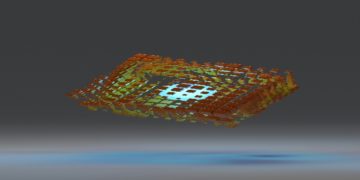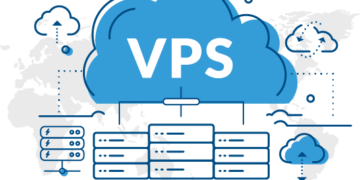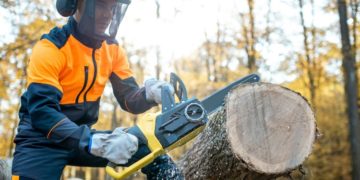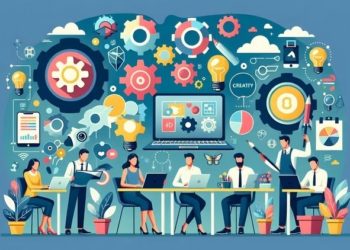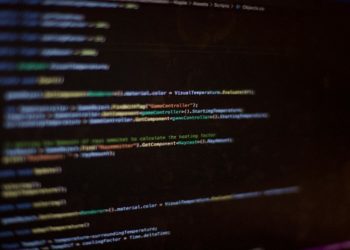Key Takeaways
- Traditional methods are declining due to cost, inflexibility, and passivity.
- Peer-led digital learning is rising in popularity for its relevance and efficiency.
- Microlearning and self-paced revision support better retention and flexibility.
- Online learning platforms now facilitate global collaboration in education.
- Students are increasingly seeking collaborative tools for exam preparation.
Are We Witnessing the Death of the Textbook?
Textbooks have long been symbols of academic rigour. But in 2025, they’re collecting more dust than attention. According to the latest Student Watch data, student spending on printed course materials has declined by 57% in the past decade, plummeting to an average of £215 per student annually. This shift reflects not just a change in cost preferences, but a deeper transformation in how learners engage with information.
Driven by digital tools, self-paced learning, and peer-to-peer networks, a quiet yet powerful revolution is taking place across classrooms and campuses. Traditional study methods are being replaced by more efficient, interactive, and personalised techniques that align better with the habits of today’s learners. The chalkboard hasn’t just been wiped clean — it’s being retired altogether.
Cracks in the Chalkboard: Why Traditional Study Methods Are Losing Ground
Despite the reverence for lectures, textbooks, and handwritten notes, their limitations have become increasingly evident. A national survey found that over half of students admitted to avoiding certain courses due to the high cost of required materials — a clear signal that the system is out of touch with economic realities.
Modern learners crave flexibility. Static 400-page textbooks and uniform lectures fail to accommodate individual pace, comprehension style, or real-time demands. As the digital economy reshapes our attention spans and expectations, education systems clinging to outdated techniques are being quietly but steadily sidelined.
Turning the Page: How Peer-to-Peer Learning Is Reshaping Education
One of the most powerful developments in modern education is the rise of peer-to-peer learning. No longer limited to the occasional study group, this model is now fully digital, decentralised, and global. Studies have shown that peer-explained material can improve retention and satisfaction by making learning more relatable and dynamic.
These decentralised learning collectives offer immediacy, relevance, and relatability — attributes that traditional lectures struggle to match. In the age of crowd-sourced knowledge, the professor is no longer the only voice in the room.
From Time-Consuming to Time-Saving: Why Students Prefer Digital Notes
Time is a luxury most students don’t have. Between part-time jobs, online modules, and personal responsibilities, learners are seeking smart shortcuts — without compromising quality. Peer-to-peer platforms now facilitate knowledge sharing, allowing students to collaborate on projects and receive support through efficient and context-rich notes.
This method aligns with modern learning demands — fast, flexible, and focused. It reflects a shift toward microlearning and self-paced learning strategies proven to enhance both engagement and performance.
| Feature | Traditional Methods | Modern Digital Tools |
| Learning Speed | Slow, linear | Fast, self-paced |
| Accessibility | Location-bound | 24/7 access from any device |
| Relevance to Exam Content | Generalised | Tailored to specific modules |
| Engagement | Passive | Interactive and gamified |
The Gap Between Classrooms and Reality: What Institutions Often Miss
While digital tools flourish, many academic institutions remain anchored to outdated methodologies. Peer-led small group teaching has been proven to enhance academic performance and student communication skills — yet many classrooms remain dependent on one-way lectures and rigid assessments.
This slow adoption of emerging edtech trends signals a gap between how students want to learn and how they are expected to. When learners turn to alternative study methods that are faster, cheaper, and often more effective, it’s clear the traditional model is lagging behind.
Learning Without Borders: The Global Appeal of Student-Centred Platforms
The digital revolution has dismantled geographical barriers, enabling students worldwide to connect and collaborate. A recent study demonstrated how online student communities — even across different time zones — increase knowledge retention and foster productive discussions.
This cross-border exchange not only broadens academic perspectives but also fosters inclusivity and global competence. Students today no longer rely solely on in-house resources. Many now turn to platforms that offer shared course materials from around the world, particularly for focused exam preparation on topics tailored to specific modules or institutions.
Conclusion – A Revolution That Speaks in Notes, Not Lectures
The shift away from traditional study methods is no longer speculation — it’s happening. What began as students informally sharing lecture slides has evolved into a robust network of alternative study methods powered by digital learning tools. Whether through microlearning, peer collaboration, or self-paced revision, the core message is clear: learners want more control, more flexibility, and more relevance.
This revolution isn’t loud. It doesn’t need to be. It’s taking place in libraries, dorm rooms, cafés, and laptops around the world. The future of learning is less about top-down instruction and more about lateral empowerment — students helping each other succeed, one note at a time.
Frequently Asked Questions (FAQs)
Q1: Why are students abandoning traditional textbooks?
Because they’re expensive, slow to navigate, and often fail to meet the dynamic needs of modern learners.
Q2: Are digital notes effective for learning?
Yes. Studies show that collaborative, peer-generated content improves retention, engagement, and relevance.
Q3: What role does AI play in modern education?
AI is being used to customise revision paths, identify weak points, and provide interactive feedback — boosting learning efficiency.
Q4: Is this shift affecting formal education?
Yes, slowly. Some institutions are integrating digital learning platforms, though many still rely heavily on legacy formats.
David Prior
David Prior is the editor of Today News, responsible for the overall editorial strategy. He is an NCTJ-qualified journalist with over 20 years’ experience, and is also editor of the award-winning hyperlocal news title Altrincham Today. His LinkedIn profile is here.


